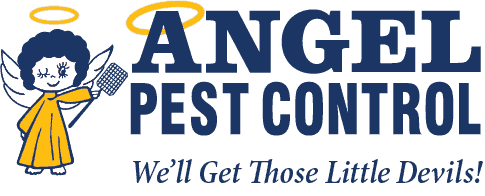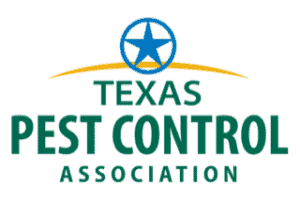Spring is Here!
Spring is here, but with it comes the crawling and flying critters of warmer weather. On earth, there are approximately 1.4 billion insects per person, and many of these bugs may look similar. You may not want to get close enough to document, but it’s important to know which pest is invading your property. What’s bugging you: ANTS or TERMITES?
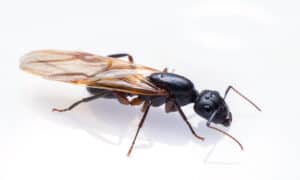
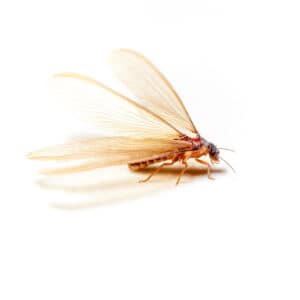
Is it an Ant or a Termite?
This time of year many insects especially ANTS and TERMITES are “swarming” meaning the winged reproductive members of a colony are leaving home to begin their own nest or colony. Homeowners can easily get these two types of insects confused, there are a few identifiers to recognize which critter you’re dealing with this spring . It’s key to catch termites early, so you can limit the damage that they cause. Keep reading to find out how to easily identify an ant from a termite, and what to do in the case of an infestation.
One way to tell ants from termites is by looking at their wings. Ants have two sets of wings, the front set being larger than the back set. Termites have two sets of wings that are equal in size. Another way to tell them apart is by their antennae. Ants have bent or “elbowed” antennae, while termites have straight antennae.
Both ants and termites have three distinguishable segments of their body, but termites are not as skinny in the waist as an ant is, instead, the middle of their abdomen is wider. Swarming termites are also paler in color. Flying ants and termites can vary in size and color even within the same species.
A Professional’s Advice
If you think you may have an infestation of either of these insects, it is important to contact a professional for help. Ants and termites can cause serious damage to your home or property if left untreated. A professional will be able to identify the type of insect and recommend the best course of treatment.
PRO TIP:
When collecting winged specimens for identification by an Angel Pest Control professional try to collect as many as possible and put them in a sealed jar or container so they are not smushed. Placing them on tape often makes identification difficult and can destroy the specimens.
If collecting bugs makes you cringe, a handful of high quality photos can be helpful in identifying.
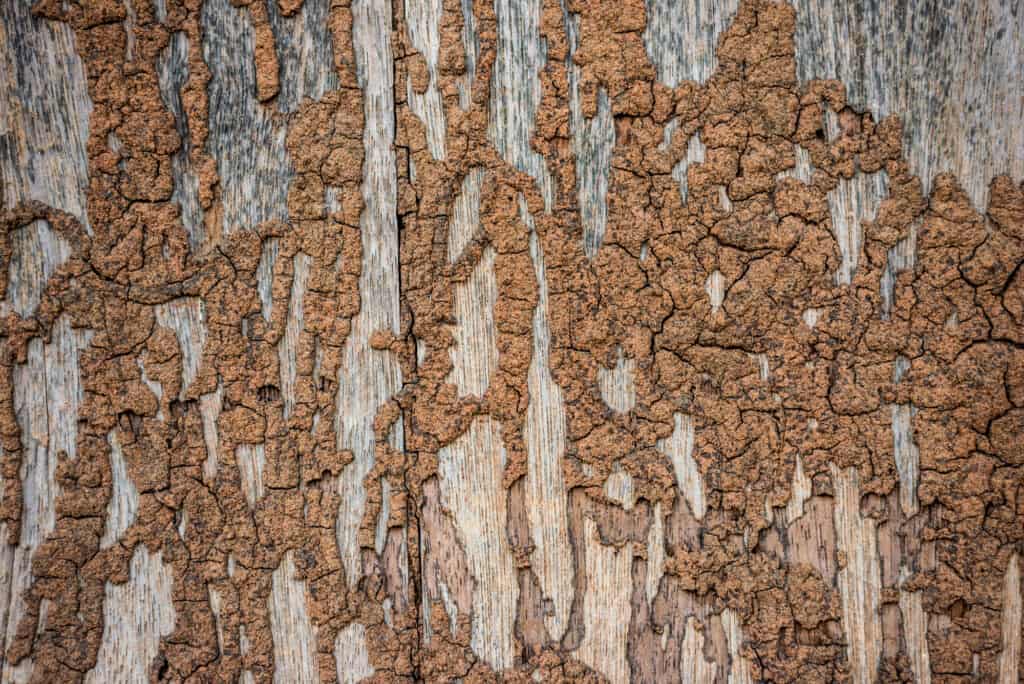
Behind the Scenes Destroyer
A termite colony can have up to several million members. The termites in a colony eat wood 24 hours a day, seven days a week. Termites are sometimes called the “behind the scenes destroyer” because they may be secretly eating your house without you knowing it.
Subterranean Termites build mud tubes to travel from their colonies in the ground to the wood they are eating. They are often attracted to wood that is damp or has a high moisture content, and as one of nature’s clean- up crews , it is their job to breakdown trees to make room for new growth which is why they are often found in fallen trees.
Termites can also be found in stumps, logs, or dead roots. If you have termites in your home, they will likely be eating the wood in your walls or floors.
Call Angel Pest Control
So, the next time you see a winged insect in your home, take a closer look to see if it is an ant or termite. If you’re not sure, contact Angel Pest Control for help. Don’t let these pests ruin your spring!
